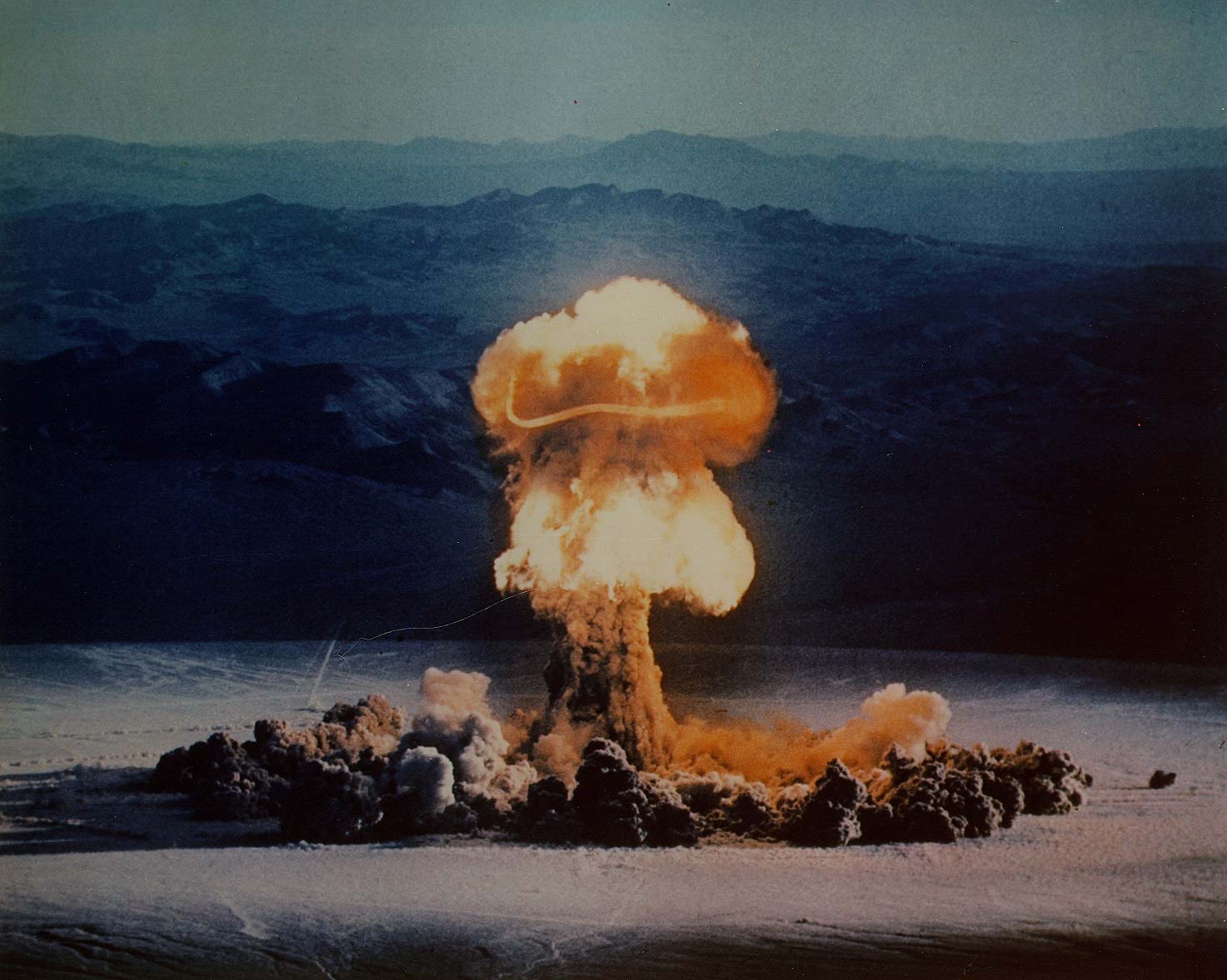Photo credit: International Campaign to Abolish Nuclear Weapons
Context:
A new report from Pace University calls for more assistance for nuclear weapons test survivors from the states that conducted the tests. Peace Science has shown the devastating and lasting effects of nuclear weapons testing in the Pacific.
In the News:
“Between 1957 and 1962, the UK and USA tested 33 nuclear devices at Malden and Kiritimati (Christmas) Islands, now part of the Republic of Kiribati. British, Fijian, New Zealand and American veterans of the testing program and I-Kiribati civilians who lived on Kiritimati claim their health (as well as their descendants’) was adversely affected by exposure to ionizing radiation. Their concerns are supported by independent medical research. However, analysis of the ongoing humanitarian, human rights and environmental impact of nuclear weapons testing at Kiritimati and Malden Islands has been inadequate. The 2017 Treaty on the Prohibition of Nuclear Weapons obligates assistance to victims and remediation of contaminated environments, including those affected by the Christmas and Malden Islands nuclear tests.”
Insight from Peace Science:
- In 2004, the U.S. National Cancer Institute estimated that about half of the cancer cases that would occur as a result of Marshall Islands nuclear testing are still to come.
- Cancer studies have shown that workers during the British nuclear tests in Australia have a 23% higher cancer rate and are 18% more likely to die of cancer than the general public.
- French Polynesia, ground zero for France’s nuclear weapon testing, has the highest rate of acute myeloid leukemia and thyroid cancer in the world— both radiation-induced types of cancer.
References:
-
“Addressing Humanitarian and Environmental Harm from Nuclear Weapons” By Matthew Bolton for Pace University. 2018.
- Peace Science Digest Volume 2 Special Issue: Nuclear Weapons “Long-Term Human Costs of Nuclear Weapons Tests in the Pacific”

